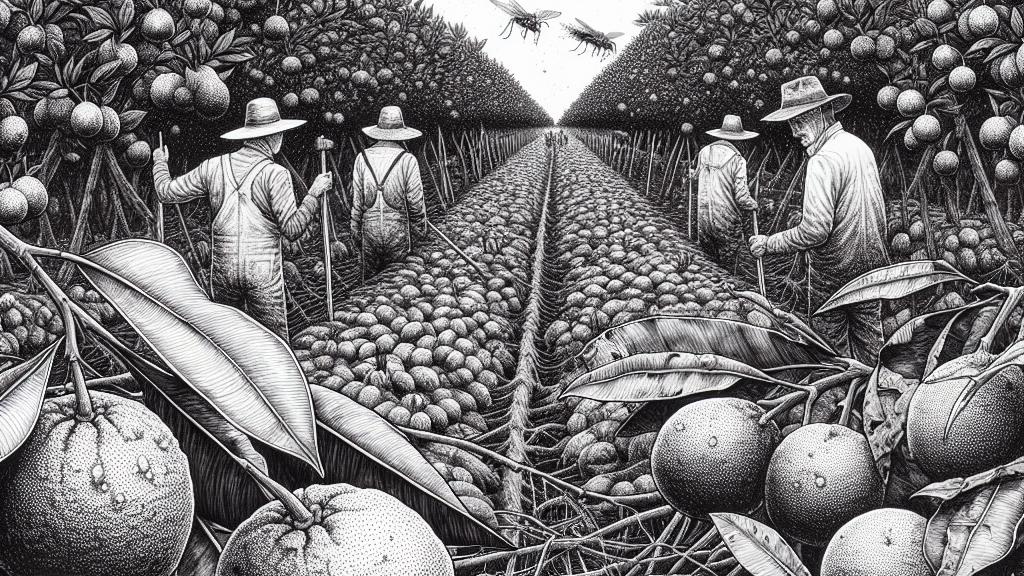Harnessing Trees' Microbiome to Combat Citrus Greening Disease
Overview
- Citrus greening disease poses a critical threat to Florida's citrus industry, with production plummeting by 92% since its discovery.
- Innovative research uncovers that resilient citrus trees are home to beneficial endophytes that can produce powerful antimicrobial agents.
- Collaboration among researchers is vital to develop effective, sustainable treatments for this devastating disease.

The Urgency of Citrus Greening in Florida
In Florida, citrus greening disease, or Huanglongbing (HLB), has wreaked havoc on one of the state's most cherished agricultural sectors. Discovered in 2005, this disease has caused an astonishing 92% reduction in citrus production. The bacterium Candidatus Liberibacter asiaticus, carried by the Asian citrus psyllid, infects the plants, leading to bitter, misshapen, and prematurely dropping fruits. The consequences for growers have been dire—think about the thousands of families that depend on citrus farming for their livelihood. The implications resonate beyond the growers, impacting local economies and ultimately, the entire citrus market in the United States. Without a viable treatment, the future looks grim, making it imperative to explore novel solutions.
Nature's Allies: The Microbiome of Resilient Trees
Amidst the bleak landscape of citrus greening, remarkable hope shines through recent discoveries in Clermont, Florida. Research indicates that certain citrus trees that continue to bear fruit, even while infected, possess a unique community of beneficial microbes known as endophytes living within their tissues. These endophytes, akin to tiny, invisible guardians, produce powerful antimicrobial compounds that could be pivotal in combating the citrus greening pathogen. Imagine harnessing the natural power of these microbes to create treatments that not only defend against HLB but also promote the health of citrus trees! This innovative approach not only highlights the potential of nature in solving agricultural challenges but also emphasizes sustainability—ushering in a future where science and nature work hand in hand for healthier crops.
Future Directions: A Collaborative Approach to Solutions
Looking ahead, the future of citrus greening research is brimming with potential. Collaborative efforts among esteemed institutions—like Texas A&M University and the University of Florida—are essential for translating laboratory discoveries into field-ready treatments. Preliminary lab studies have shown that isolated antimicrobial compounds from the beneficial endophytes effectively reduced the HLB pathogen in controlled environments. With upcoming greenhouse trials and field tests on the horizon, the momentum is building! By fostering interdisciplinary partnerships, researchers aim to unlock further therapeutic strategies that will revolutionize how we approach citrus greening. This journey not only seeks to protect Florida's citrus legacy but also serves as inspiration for addressing agricultural pests globally. As the scientific community dives deeper into the secrets of these resilient trees and their microbial inhabitants, the path towards sustainable agriculture glows brighter than ever.

Loading...